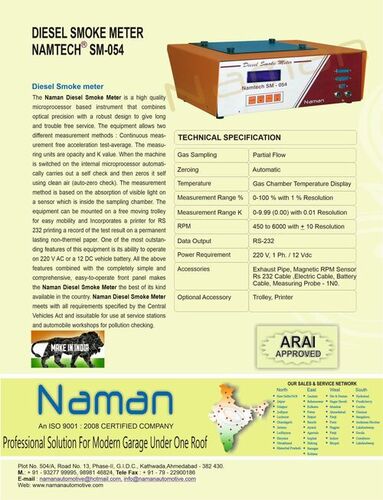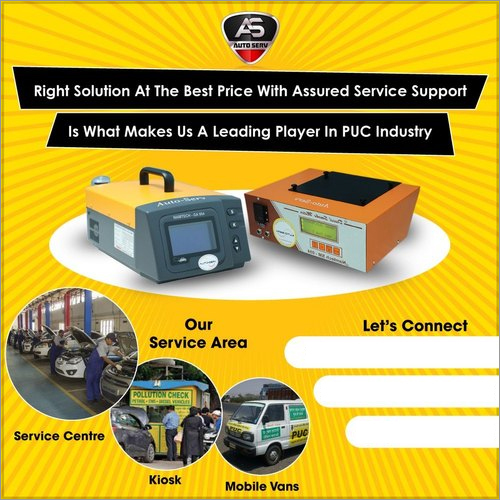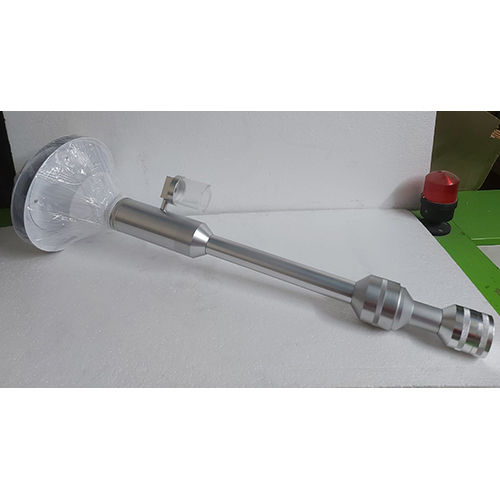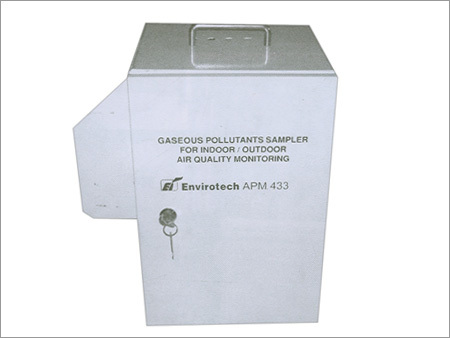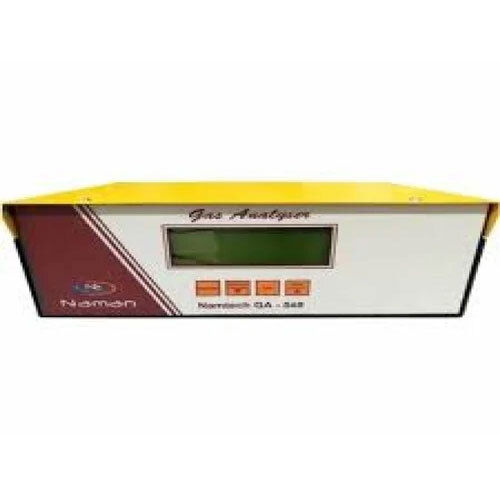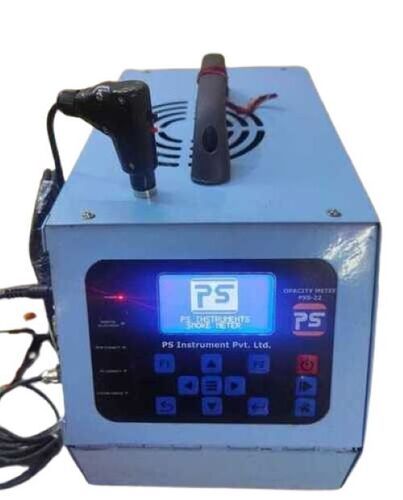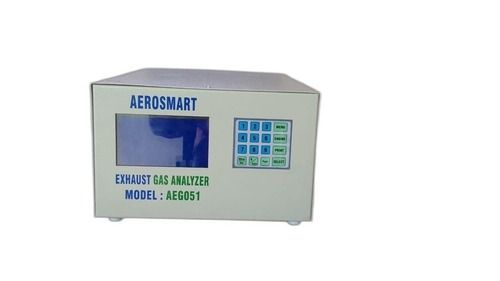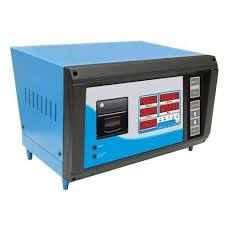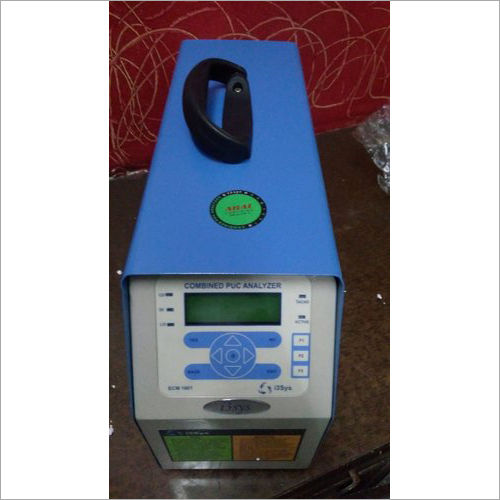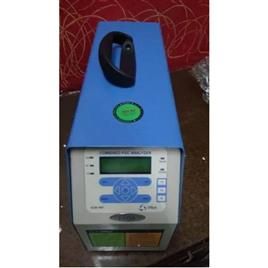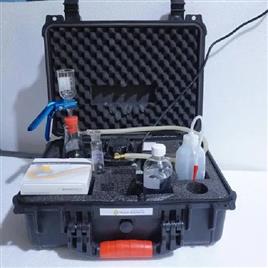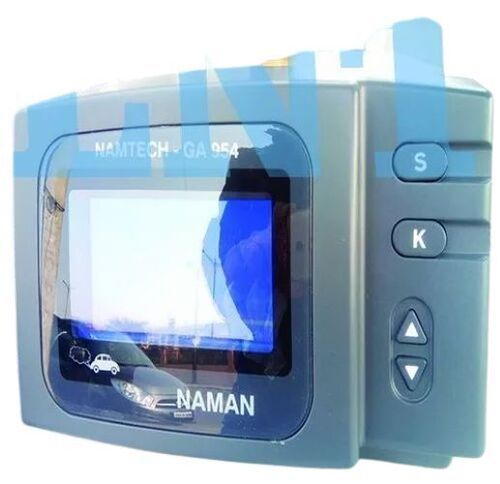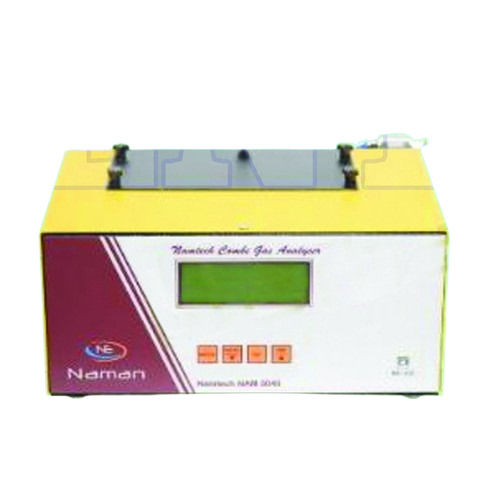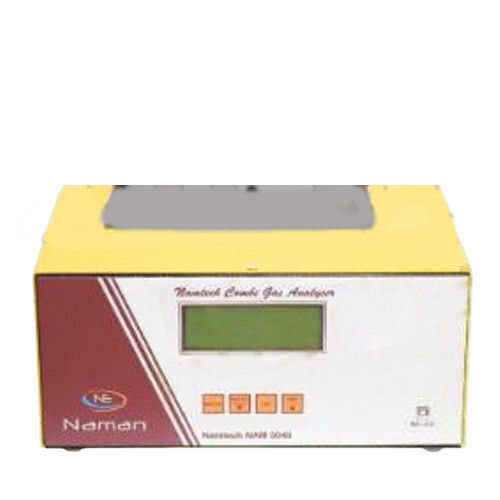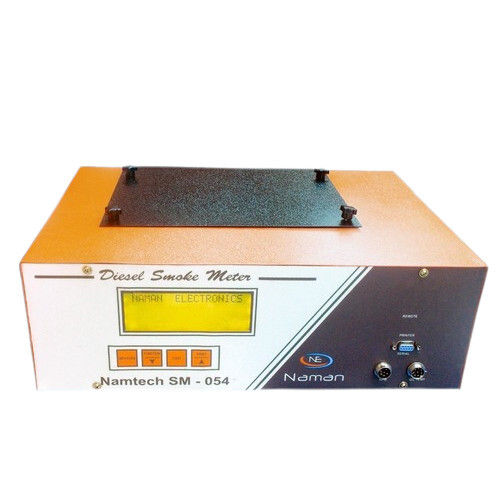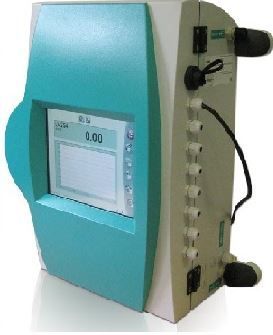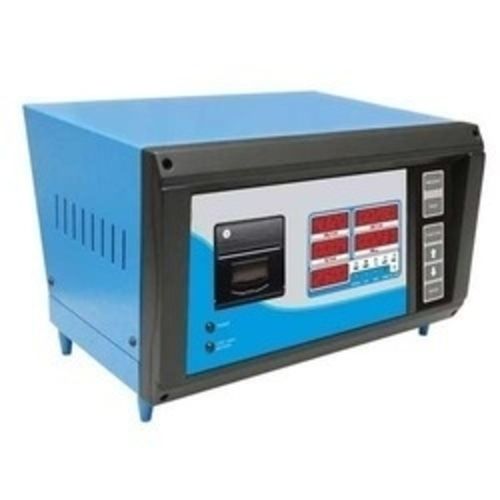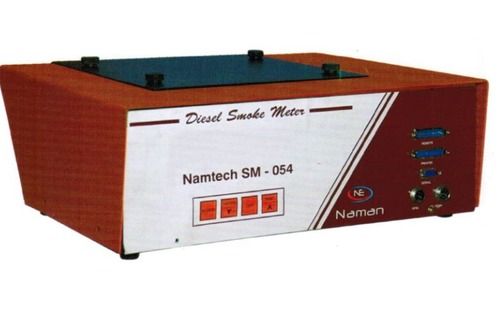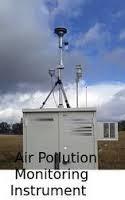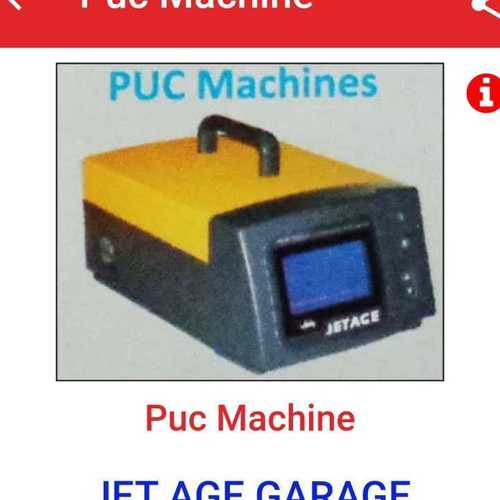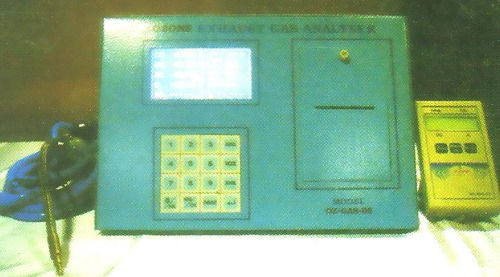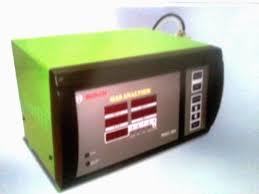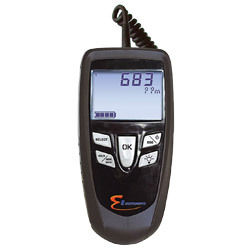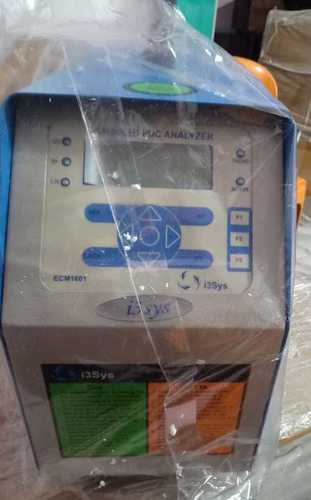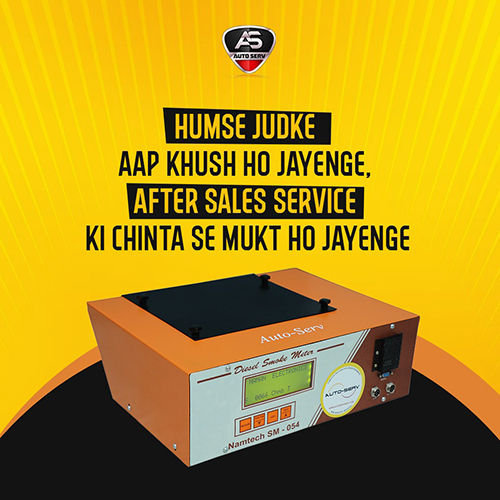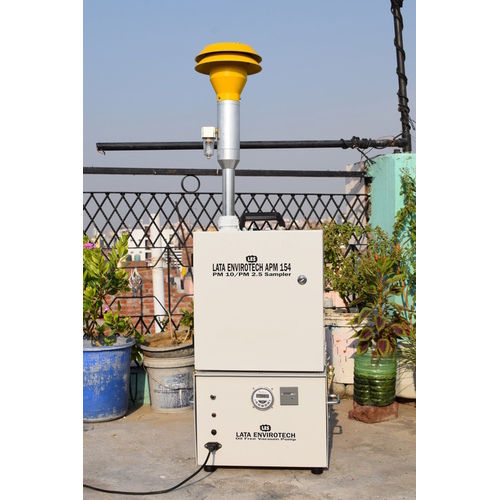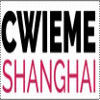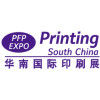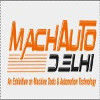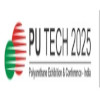- Tradeindia
- Pollution Control & Monitoring Equipment
- Pollution Check Equipment
Pollution Check Equipment
(49 products)Vehicle Pollution Check Machine
Price: 110000 INR/Unit
MOQ01 Unit/Units
Product TypeVehicle Pollution Check Machine
Samvit Garage Equipments
Gurugram
 Trusted Seller
Trusted Seller18 Years
 Premium Seller
Premium SellerMetal Industrial Air Pollution Monitoring Equipment
Price: 1200 INR/Unit
MOQ1 Unit/Units
Product TypeIndustrial Air Pollution Monitoring Equipment
MaterialMetal
Steel Gaseous Pollutant Sampler
Price: 37000.00 INR/Piece
MOQ1 Piece/Pieces
Product TypePolluant Smapler
MaterialSteel
Cooling SystemAir Cooling
Voltage220 Volt (v)
Pollution Checking Machine Petrol/ LPG/CNG
Price: 150000.00 INR/Unit
MOQ1 Unit/Units
Product DescriptionPollution Checking Machine Petrol/ LPG/CNG
Air Quality Monitoring Instruments
Price: 120000 INR/Piece
MOQ1 Piece/Pieces
Payment TermsCash Against Delivery (CAD), Cash on Delivery (COD), Telegraphic Transfer (T/T), Western Union, Paypal, Others, Cheque
Supply Ability10 Per Day
Delivery Time5 Days
Pollution Check Machine - Material: Mild Steel
Price: 120000.0 INR/Unit
MOQ1 Unit/Units
UsagePollution Checking
Power SupplyElectric
Voltage220V Volt (v)
MaterialMild Steel
Control ModeAutomatic
Remote Optional Stainless Steel Diesel Machine
Price: 120000 INR/Piece
MOQ1 Piece/Pieces
Product TypeRemote Optional Stainless Steel Diesel Machine
MaterialStainless Steel
Aerosmart Gas Analyzer
Price: 160000 INR/Piece
MOQ1 Piece/Pieces
ColorBLUE & WHITE
Product TypePUC
MaterialMILD STEEL
Voltage220 Volt (v)
Warranty1 YEAR
220 Voltage Stainless Steel Pollution Check Equipment Noise Level: 2 Db
Price: 140000 INR/Piece
MOQ1 Piece/Pieces
Product TypePollution Check Equipment
MaterialStainless Steel.
Noise Level2 db
Processing Time15 Seconds
Voltage220 Volt (v)
Weight10 Kilograms (kg)
Air Pollution Checking Machine
Payment TermsDelivery Point (DP), Days after Acceptance (DA), Cheque
Supply AbilityAs per demand Per Day
Delivery Time1 Week
Combined PUC Analyzer
Price: 270000.00 INR/Piece
MOQ1 Piece/Pieces, Piece/Pieces, Piece/Pieces
Product TypeCombined PUC Machine
MaterialMS
Voltage220 Volt (v)
Top Rated Products
FAQs Related to Pollution Check Equipment
The common pollutants are particulate matter, carbon dioxide, carbon monoxide, oxides of nitrogen, sulphur as well as unburnt hydrocarbons.
Contamination Checking Kit In Ahmedabad Trident Engineering, Application: Oil Testing
Product DescriptionContamination Checking Kit In Ahmedabad Trident Engineering
PUC Pollution Testing Machine
Price: 139000 INR/Piece
MOQ50 Piece/Pieces
Product TypePollution Testing Machine
High-Efficiency Pollution Testing Machine Voltage: 220 Volt (V)
Price: 250000 INR/Unit
MOQ1 Unit/Units
Product TypeHigh-efficiency Pollution Testing Machine
Voltage220 Volt (v)
Vehicle Pollution Testing Machines
Payment TermsCash in Advance (CID)
Delivery Timewithin 1 Week
Packaging Detailsas per order
Air Pollution Monitoring Instrument
Product DescriptionRiding on unfathomable volumes of industrial expertise, we are engaged in manufacturing, importing, exporting and supplying a superior collection of Air Pollution Monitoring Instrument in New Delhi, Delhi, India. Our offered instruments due to their reliable capability in providing accurate results
Metal Petrol Vehicle Pollution Check Machine With Self Diagonstic Facilty
Price Trend: 120000.00 - 280000.00/Piece
MOQ01 Piece/Pieces
Product TypePollution Check Machine
MaterialMetal
Voltage230 Volt (v)
Primium Pollution Check Machine
Product TypePollution Check Machine, Motorcycle Helmet
MaterialPrimium
Pollution Monitoring Van
Product DescriptionWith the continuous help of our professional experts, we present a huge range of pollution monitoring van to our customers. These van are develop using high grade raw material and precise engineering. Our vehicle are tested on various parameters to assure the quality. We provides these monitoring va
Modern Pollution Testing Machine
Payment TermsCash in Advance (CID)
Delivery Timewithin 1 Week
Packaging Detailsas per oder
Pollution Checking Machine - Compact Design with 8 Bit Microprocessors | Smart LCD Display, Automatic Calibration, AC/DC Operation, Low Power Consumption
Product DescriptionFeatures of Pollution Checking Machine: Elegant and Smart appearance Indiginsied Compact Product A state of the Art technology Outstanding accuracy, stability and durability Response time of less than 10 seconds Standby for low power consumption when not in use 8 Bit - Microprocessors control Graphi
Model Ec2-10 Waterproof Conductivity Testing Pen
Payment TermsCash on Delivery (COD), Cash Advance (CA), Cash Against Delivery (CAD), Cheque
Main Domestic MarketAll India
Pollution Checking Device
Product DescriptionWith the assistance of our well expert team of our company, we are engaged in distributing and supplying a huge series of Pollution Checking Device in Bengaluru, Karnataka, India. Offered range of Pollution Checking Device is manufactured using best grade raw material at manufacturer's end. One can
Air Pollution Monitoring Instruments
Product DescriptionKnowing us as a reputed firm, we are engaged in manufacturing and supplying a wide range of Air Pollution Monitoring Instruments in Ahmedabad, Gujarat, India. Our offered product is manufactured employing optimum grade raw material. The raw material source from trusted ad reliable suppliers of the m
Metal I3Sys Pollution Testing Machine
Price: 270000 INR/Piece
MOQ1 Piece/Pieces
Product TypePollution Testing Machine
MaterialMetal
More details...
Vishwanjali Technology Pvt Ltd.
Pune
 Trusted Seller
Trusted Seller3 Years
 Premium Seller
Premium SellerLatest from Pollution Check Equipment
Explore More Cities
Client Testimonials & Reviews

AshishVerma
Enviro Instruments
TradeIndia has provided a great platform to me. It has given me a wide opportunity to sell my products in different parts of the world.A

GauravChauhan
RONAK INDUSTRIES
We are a member of tradeindia since last 4 years. We have fully satisfied for services provided by them to us and tradeindia is an excellent Portal and B2B services where buyers and supplier interact together.
Pollution Check Equipment Price List
This Data was Last Updated on 2025-03-03
Pollution Check Equipment Manufacturers | Suppliers in India
Company Name | Member Since |
|---|---|
Envirotech Instruments Pvt Ltd New Delhi, India | 22 Years |
Naman Automotive Solutions Ahmedabad, India | 19 Years |
Samvit Garage Equipments Gurugram, India | 18 Years |
Greentech Instruments New Delhi, India | 9 Years |
Star Flow Technologies Faridabad, India | 3 Years |
Vishwanjali Technology Pvt Ltd. Pune, India | 3 Years |
Aarya Automative Solutions Mohali, India | 2 Years |
Axis Tools And Equipements Agra, India | 2 Years |
Upcoming Tradeshows
CWIEME Shanghai 2025
Wed, 25 Jun, 2025 - Fri, 27 Jun, 2025
Bakery and Commercial Kitchen Equipment 2025
Thu, 12 Jun, 2025 - Sat, 14 Jun, 2025
Vietnam Sport Show 2025
Thu, 14 Aug, 2025 - Sat, 16 Aug, 2025
Water Expo Bhubaneswar 2025
Thu, 10 Apr, 2025 - Sat, 12 Apr, 2025
Singapore International Jewelry Expo 2025
Thu, 10 Jul, 2025 - Sun, 13 Jul, 2025
Printing South China 2025
Tue, 04 Mar, 2025 - Thu, 06 Mar, 2025
CHINA INTERNATIONAL FURNITURE FAIR 2025
Tue, 18 Mar, 2025 - Fri, 21 Mar, 2025
Food & Bakery Expo 2025
Fri, 29 Aug, 2025 - Sun, 31 Aug, 2025
MachAuto 2025
Fri, 25 Jul, 2025 - Mon, 28 Jul, 2025
PU TECH 2025
Wed, 09 Apr, 2025 - Fri, 11 Apr, 2025
Popular Categories

